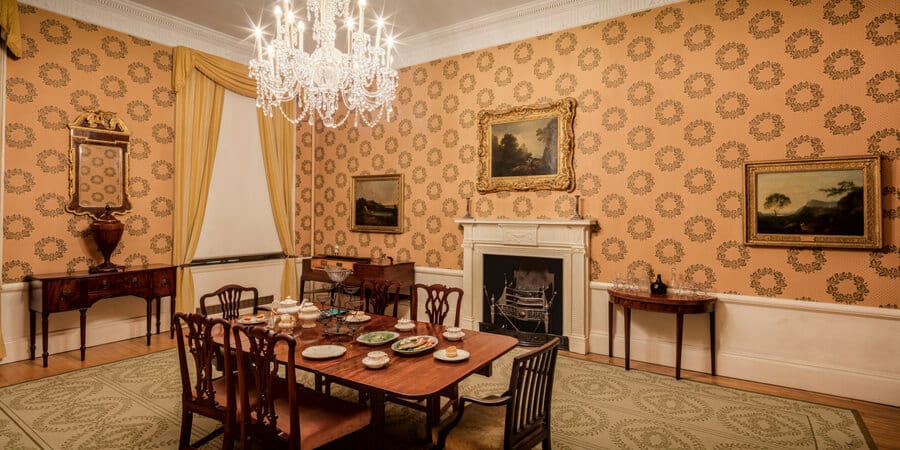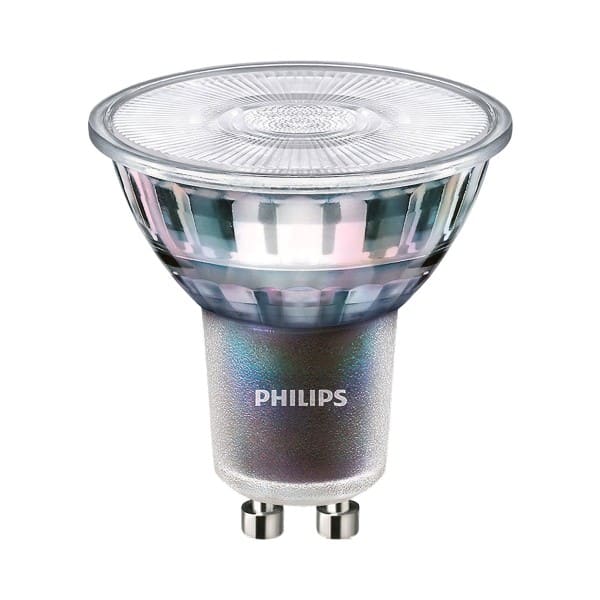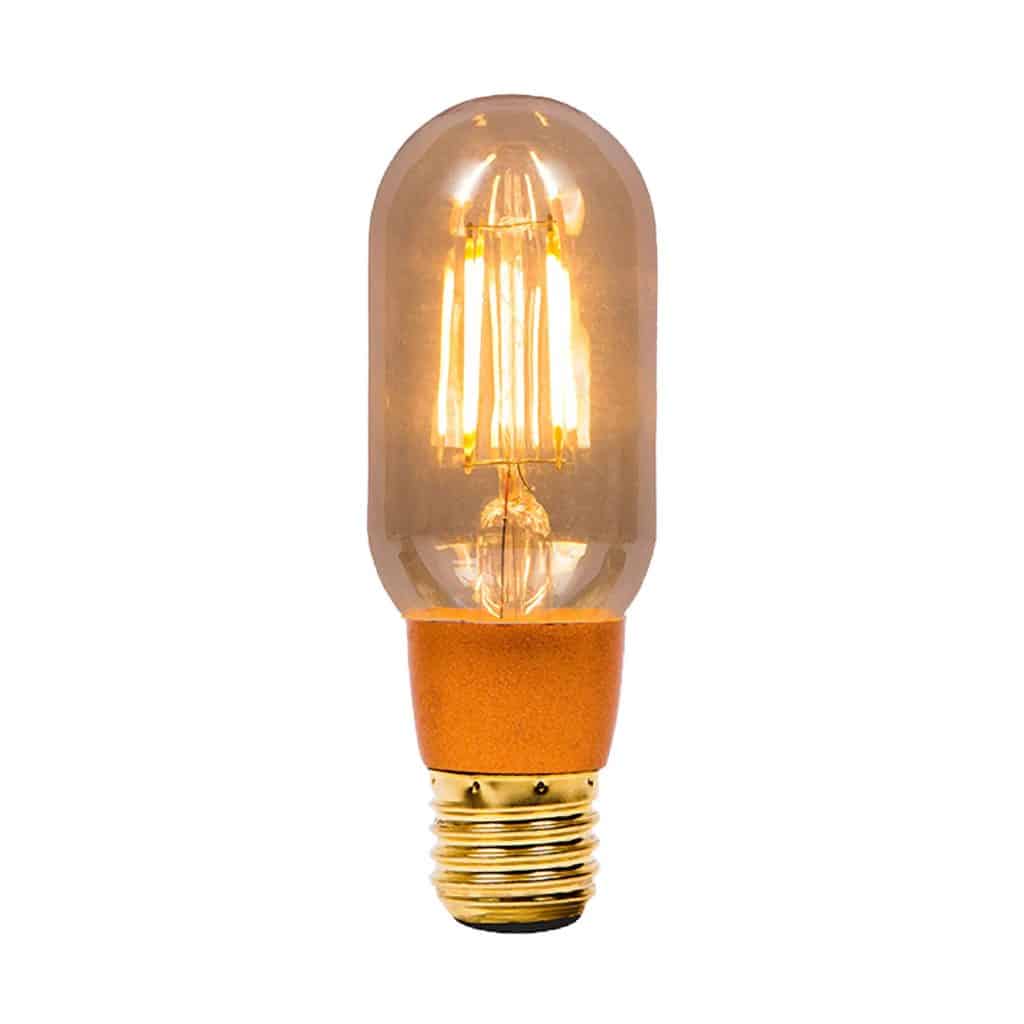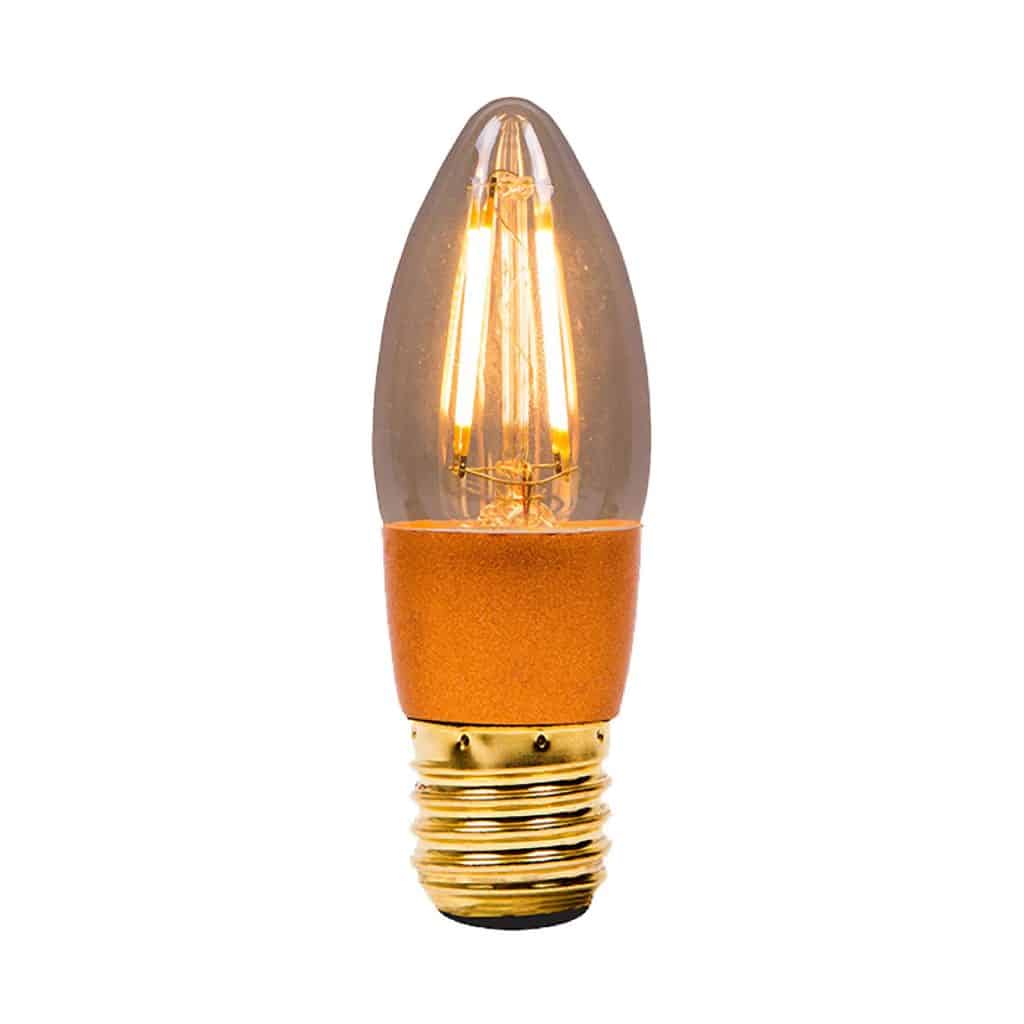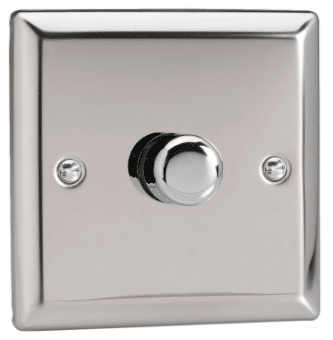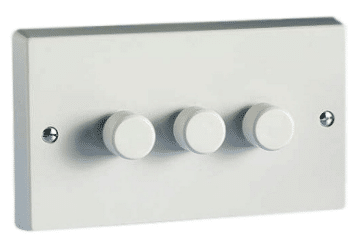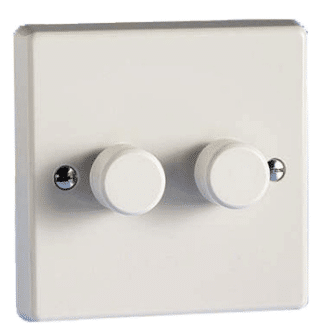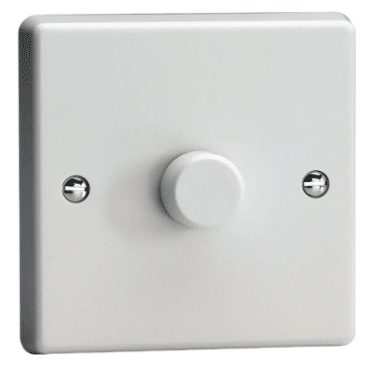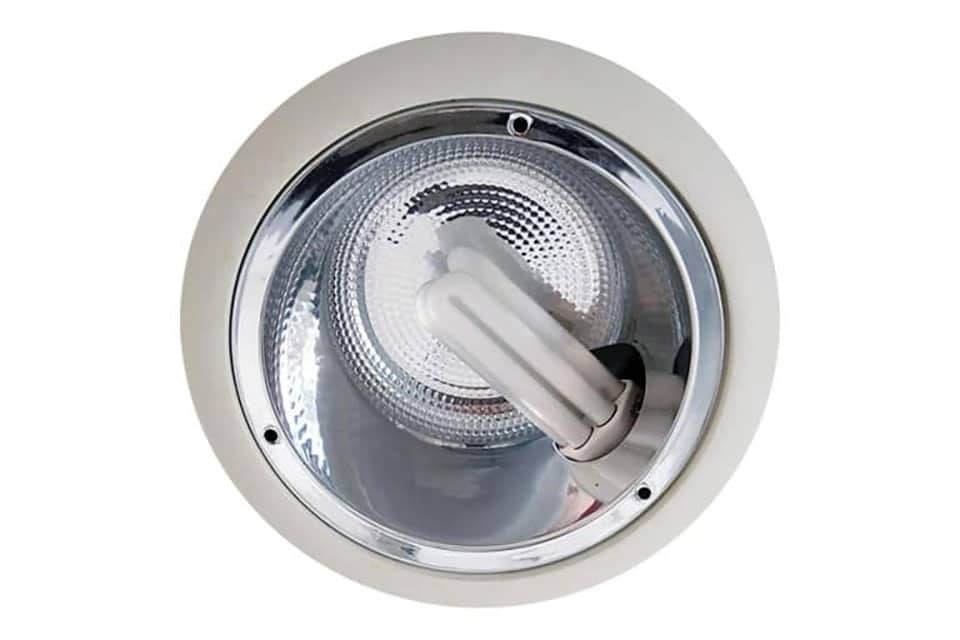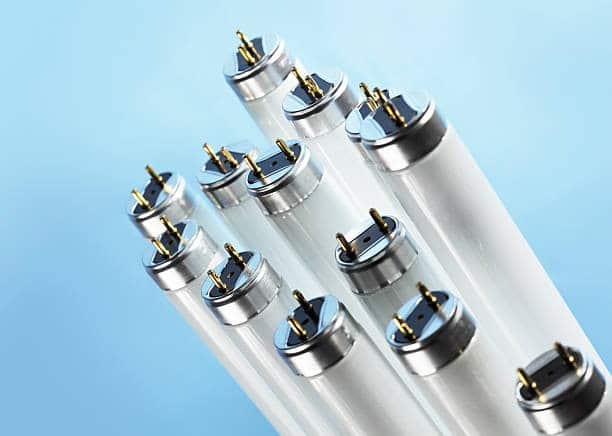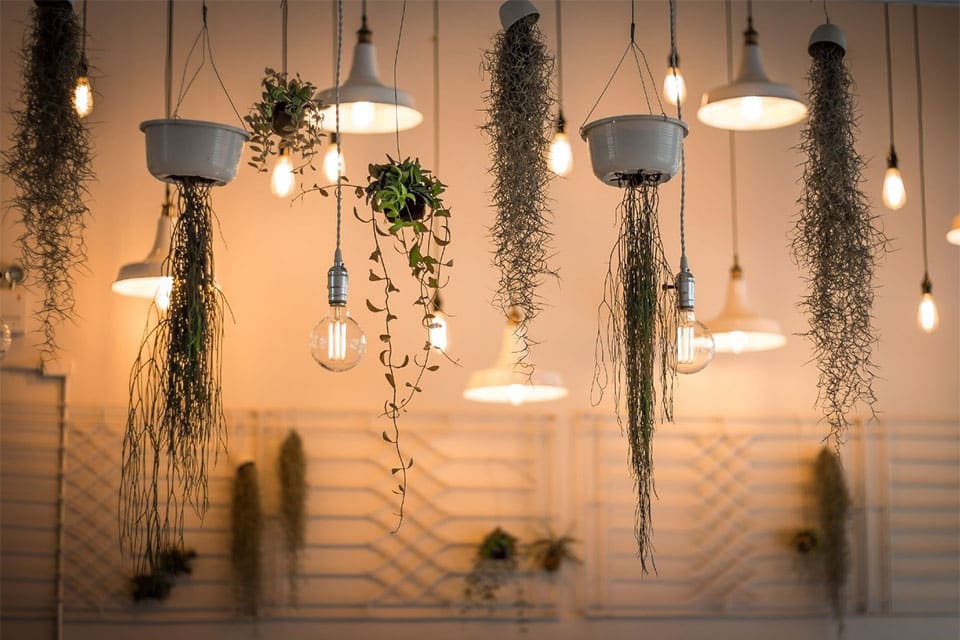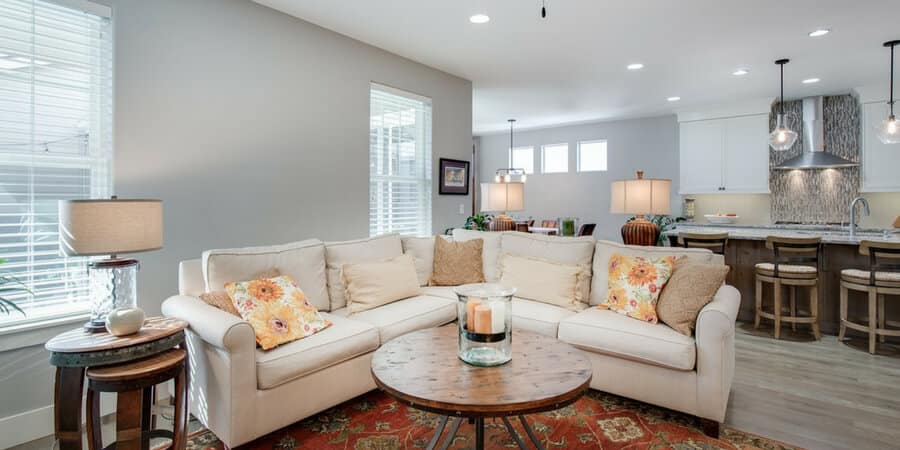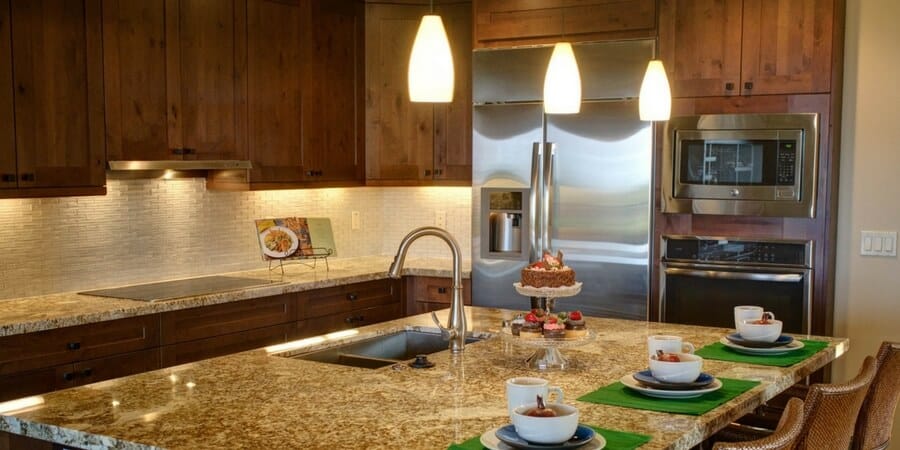Dining rooms are a gathering place in most homes, and as such, their lighting should foster an atmosphere of warmth and comfort, as well as create an ambience that encourages good conversation and make the room and its inhabitants look good. Whether you entertain often or prefer to dine solo, properly lighting your dining room can make meal time a more relaxing experience. Keep reading to get our best dining room lighting ideas.
Types of Lighting
There are three main types of lighting you can (and should) layer in most rooms for proper illumination. Depending on the room, its size, and how you plan to use the space, you may only need one or two of the types. To make the most of your dining room lighting options, you’ll want to include the following:
- Ambient Lighting – In dining rooms, this is often the most important layer of lighting. In addition to setting the ambience of the room, ambient lighting provides a general level of lighting so people can move about the room safely, see what they’re eating, and avoid knocking things over on the table.
- Accent Lighting – Helps to emphasize intricate architectural details or important objects throughout the room. The dining room is a great room in which to display artwork, and it commonly has some architectural details worth highlighting, such as moulding. These features offer the perfect opportunity to layer in accent lighting
- Task Lighting – Provides bright, focused lighting that makes it easy for you to see what you’re doing in order to accomplish tasks. Because dining rooms aren’t often used for food prep, this type of lighting is not as important unless you plan on using your dining room for other purposes, such as a crafting or homework area.
Fixtures & Other Factors
When it comes to fixtures, the bulk of dining room lighting is often provided by classic chandeliers or statement pendants accompanied by wall sconces for balance. If mix-and-match or wabi-sabi are more to your aesthetic, make sure your fixtures all complement each other or fit with the overall style of the house.
Stunning lighting can be used in a dining room to create a focal point for the dining table. Look out for striking multiple pendant lamps to hang above the table, a single elegant pendant light or a beautiful chandelier. With appropriate bulbs, they’ll provide optimum light for dining, whilst also acting as a room accent that draws the eye in and serves as a perfect centre point in the decor.”
<span class="su-quote-cite"><a href="https://www.freshdesignblog.com/" target="_blank">Rachel Newcombe, Fresh Design Blog</a></span>Here are some additional dining room lighting ideas:
- Multiple light sources will help you avoid creating glare. If you don’t have wall sconces available, try adding in floor or table lamps to enhance the lighting in your dining room.
- The dining room is a great place to get creative with your main fixture. Since they tend to have less furniture than other rooms, a beautiful lighting fixture can also do double duty as an art installation.
DINING ROOM LIGHTING TIP: Central lighting features such as chandeliers and large pendants should leave a minimum of 30 inches between the bottom of the fixture and the table top. For a spacious dining room or to create the impression of space, aim for a distance of 36 – 40 inches.
For size, you want a lamp that is no larger than 2/3 the size of your dining room table and no smaller than the following calculation:
Length (feet) + width (feet) of your dining room = minimum width of your fixture in inches.
Light Bulbs
Unless you are committed to renovating your space and hiring an electrician, you’ll have to consider what dining room lighting options are possible with the fixtures and outlets currently available to you. If you’re looking for an simple change, you can easily update the look and feel of the room by upgrading your light bulbs.
If you entertain regularly, you’ll want the meal and your guests to look their best. For some, that means bright light bulbs with a good colour rendering index:
For others—those of us less gifted at the art of plating, perhaps—that means soft, flattering lighting that’s dimmable. Something with a colour temperature around 2700k or 3000k works well. For extra flexibility and warmth, try Philips DimTone bulbs, which start at 2700k but warm to 2200k when dimmed.
For chandeliers or bare bulb pendants, go with the classic candle shape bulb.
Or switch it up with something fun and trendy, like an LED filament bulb.
Dial It Back
When it comes to lighting in multi-purpose rooms such as living or dining rooms, you always want to give yourself options. Nothing provides more flexibility than the addition of dimmable bulbs and dimmer switches. They allow you the option of making the space brighter during times when you might be doing more detail-oriented work and lowering the lights for a warmer glow during the evening.
Read the rest of our Room-by-Room Guide to Lighting your Home for more lighting tips and expert advice for lighting every space.





















































































